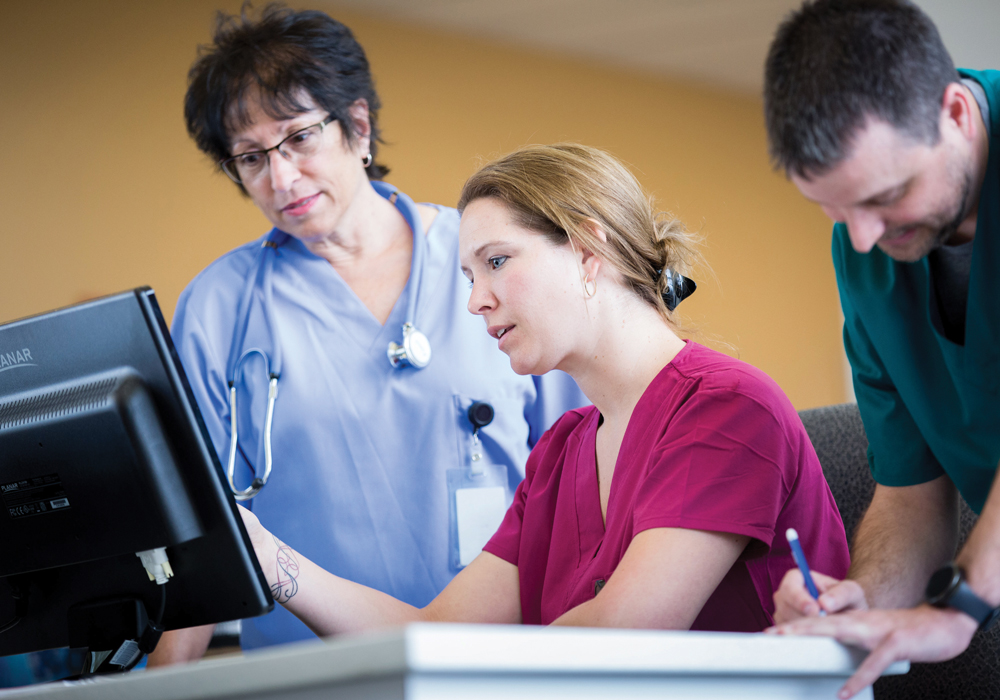Every job has its perils, and some of those perils are more pronounced than others. For nurses, professional hazards range from dangerous chemical exposure to workplace violence, to severe back and arm injuries, and everything in between. In fact, National Public Radio reported that more than 35,000 nursing professionals experience back and body injuries every year.
The most common injuries associated with the nursing involve daily tasks that don’t seem out of place in a patient care setting, including lifting, carrying, transporting, and moving patients as their treatment and quality of care necessitates. However, the problem isn’t that nurses are untrained when it comes to lifting patients, it’s that lifting patients manually—without devices to assist with the weight—will always be hazardous to the health and well-being of nursing professionals.
Integrating Safe Patient Handling Into Practice
Advocating for provider safety can seem daunting, but implementing medical devices that help nursing professionals lift and move their patients has shown up to an 80% drop in nurse-related injuries in institutions in the Department of Veterans Affairs (NPR, 2015). Through the integration of safe patient handling, participating hospitals and institutions have provided their staff with the means to prevent injury, which leads to fewer missed days of work, less workers compensation payments, and safer patient care.
OSHA provides resources, education, and support to enact institutional change, most notably through the Safety and Health Management System roadmap for hospitals and institutions to implement that establishes “a proven, flexible approach to proactively and continually address workplace safety and health issues.”
In the roadmap, OSHA outlines the core elements needed to create a successful safety and health management system:
- Management leadership
- Employee participation
- Hazard identification and assessment
- Hazard prevention and control
- Education and training
- Safety evaluation and improvement
How You Can Lobby for Change
Nurses are central to patient and provider safety. They can help further safe patient handling programs in their institutions by starting the conversation with colleagues and leadership. Institutional buy-in is a huge component of change, so it’s important to support the discussion with statistics highlighting the dangers and literature that supports change. Resources like the Bureau of Labor Statistics and OSHA are free and easy to use.
Advocacy is also key. Nurses in New York State lobbied their state legislature to pass the Safe Patient Handling Act, which now requires all hospitals, nursing homes, diagnostic treatment centers, and public health clinics to implement “the use of engineering controls, lifting and transfer aids, or assistive devices by staff to perform the acts of lifting, transferring and repositioning healthcare patients and residents” (Zero Lift for NY, 2017).
Make sure your voice is heard—not just for your own safety, but the for the safety of your colleagues and coworkers as well.






